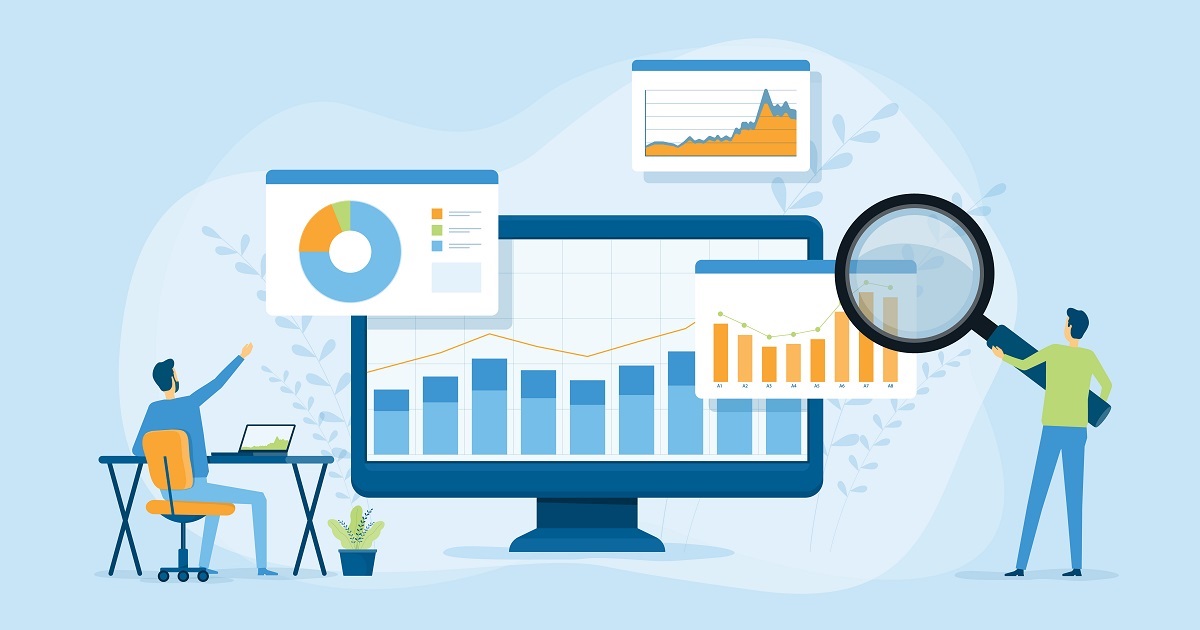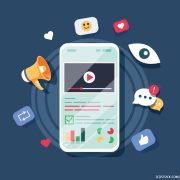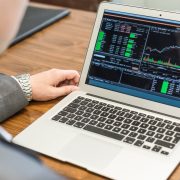The key element of hyper-connectivity in the aforementioned sphere of an IoT platform is the continuous bridge between digital and physical environments and human environments to process data, glue the conditions and conditions together to create value and use networked purposes. In the context of reality that devices and people are interconnected processing information, the definition and approach of the Internet of Things must mention another aspect of hyperconnectivity, the integration of the Internet of Things as part of a wider and more than simply data, meaning and purpose of objects. There is also the possibility to create new ecosystems of connected devices and their use by groups of people, resulting in new applications and building communities and ecosystems.
Cities are a major contributor to climate change and are already feeling the effects of rising sea levels and severe weather events. Advanced data analysis of IoT enabled devices and sensors can help us reduce air pollution in our largest cities, improve agricultural and food supplies and detect and control deadly viruses. The link between the use of the Internet of Things (IoT) and IoT data can enable various improvements and innovations in the lives of consumers, businesses, healthcare, mobility, cities and society.
The Internet of Things ( IoT ) refers to the billions of physical devices around the world connected to the Internet to gather and share data. There is a lot of noise around the IoT at the moment and its impact on the way we travel, our purchases and the way manufacturers track inventories. Thanks to the advent of super-fast computer chips and the ubiquity of wireless networks, it is now possible to turn small pills into large airplanes and part of the IoT connects different objects and adds sensors to them, giving devices that were previously silent a level of digital intelligence that allows them to communicate in real time with data involving humans.
The Internet of Things (IoT) may sound like a futuristic wave of talking refrigerators and self-launching cars, but it is actually connected devices that communicate with each other and influence our lives via the smart home. It makes the fabric of the world around us more responsive and fuses the digital with the physical universe. For workers, it changes the way we work, saves time and resources and opens up new opportunities for growth and innovation.
This means that companies will need to rethink how they collect and analyse information; not only will decision-makers learn and adapt to new forms of data intelligence, but the amount and nature of information produced by the Internet of Things (IoT) will introduce new and expanded roles for data analysts, strategists and customer service.
Cities and businesses are using smart technologies to save time and money. This means cities will be able to automatically manage, and collect data from things like visitor kiosks, video cameras, surveillance systems, bicycle rentals and taxis. Thanks to IoT devices, connectivity will facilitate the adoption of smart grid technologies that use meters, sensors and other digital tools to regulate energy flow and integrate alternative energy sources such as solar and wind.
In short, device enablement platforms can improve the financial performance, cost, revenue and operational efficiency of midsize businesses (see Sidebar Applications of Device Enablement Platforms). They connect devices, cloud providers and applications to optimal processing in IoT settings and are a significant source of growth and value.
Organisations across a wide range of industries use the IoT to work more efficiently, understand customers better, provide better customer service, improve decision-making and increase the value of the business. The main driver of 5G is not only the growing consumer demand for faster internet, but also the spread of connected devices in industrial environments such as agriculture, pharmaceuticals and the automotive industry. These industries rely on connected devices to collect and analyze data, to increase business processes efficiency, increase productivity and improve products and services for customers.
IoT devices include not only computers, laptops and smartphones, but also objects equipped with chips that collect and communicate data over the network. The 5G network is expected to offer the flexibility to handle a wide range of connected devices, including those that do not require real-time communication and those that require regular, low-power data transmissions for years to come.
IoT is also called the Internet of Things (IoE) and is an ecosystem of interconnected computers, devices, digital machines and objects capable of transmitting data in real time with minimal human intervention. These include coffee machines, washing machines, music systems, televisions, wearables and other electronic devices that communicate with each other via M2M (M2M) technology. IoT security is a security component connected to the Internet, and it strives to protect IoT devices and networks from cybercrime.
The Internet of Things (IoT) is a collection of physical devices that monitor, report, send and exchange data. It is an ecosystem of connected devices that exchange data over wired and wireless networks. IoT devices can connect to computer systems and obtain data over Wi-Fi networks.
Connected devices that exchange data over a wired or wireless network are smartphones, laptops, smart electrical appliances, smart office equipment and sensor-labeled devices. The data generated by these devices is shared with servers in the cloud or on site, where it is processed to gain insight and make decisions.
IoT devices come in many form factors, including RFID chip, smart devices, mobile sensors, etc. IoT devices use sensors to measure certain aspects of the world around them, including location, temperature, humidity, light intensity, motion, handling, movement speed and other environmental factors. When we talk about how IoT works, the process starts with the device being built with sensors.
These devices have built-in sensors and are connected to that stores data from the connected devices. There is no debate that collecting, transmitting, and using data from wearables is one of the most promising applications of the Internet of Things in healthcare. Wearables are Internet of Things-connected sensors and devices that can track a patient’s heart rate, pulse and blood pressure at an affordable, compact and accurate rate.
Lorawan is really a cloud-primarily based media accessibility Handle protocol that acts like a network layer protocol to handle communication in between LPWAN gateways, finish nodes and devices along with a routing protocol maintained by Lora Alliance. It’s also accountable for managing the frequency, data rate and performance of the equipment.









Comments